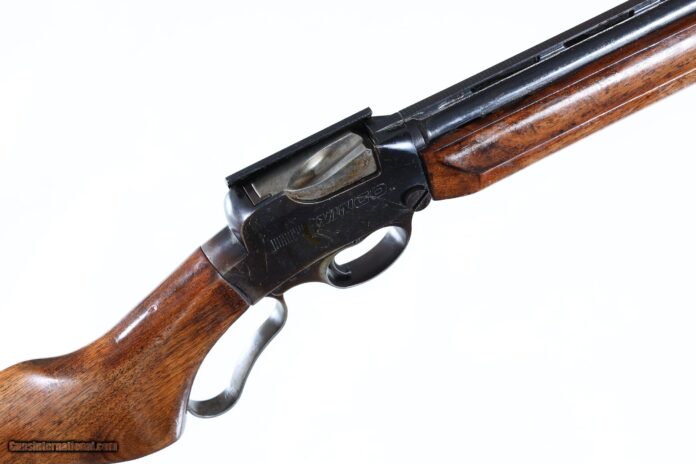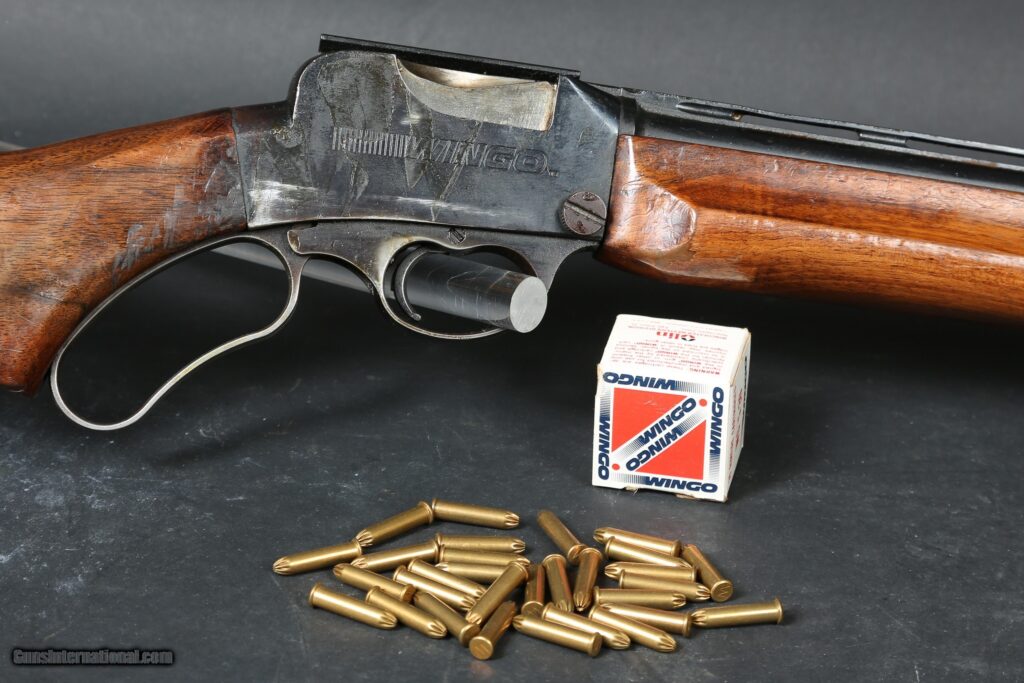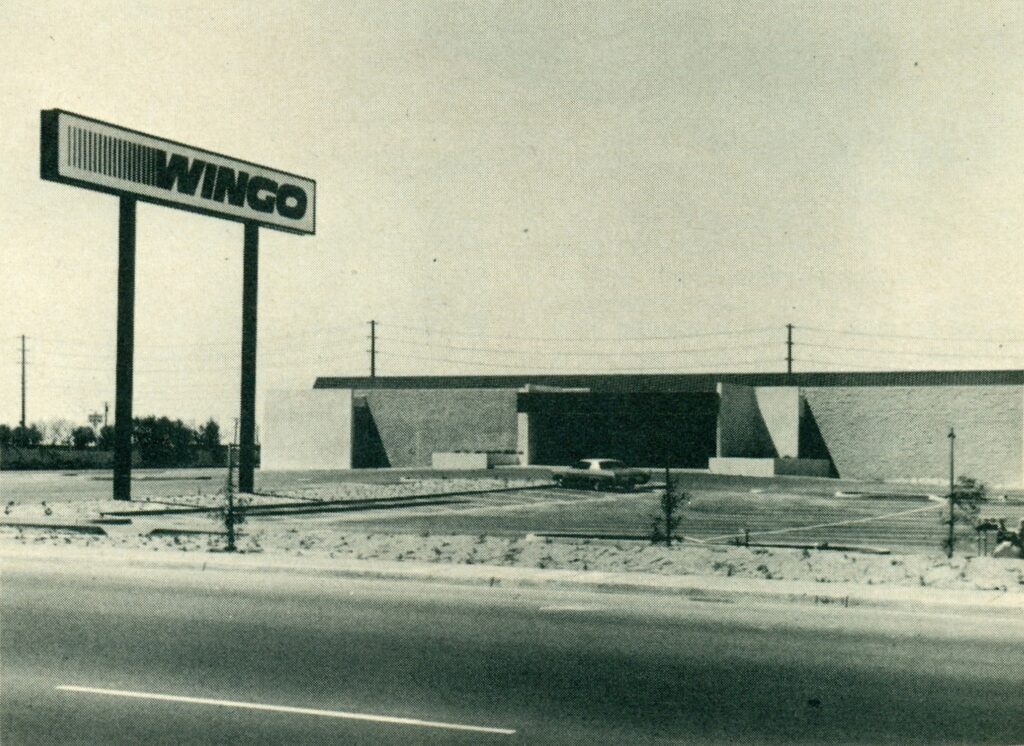
In the 1970s there was a big sport shooting fad. Things like IPSC popped off, skeet and trap experienced a revival, and other shooting sports like bowling pin shooting grew in popularity. There was money to be made in the casual competition shooting space, and Winchester looked to cash in. The Winchester-Western Division of the Olin Corporation created its own casual shooting sport known as Wingo.
You’ve likely never heard of Wingo because it didn’t last long. Only one Wingo facility was ever built, and it was in San Diego. The first Wingo facility served as something of a sample, a testing ground for the sport and its potential popularity. The facility opened in 1971 and lasted less than a year. Wingo’s goal was to combine a casual shooting sport with a more laid-back atmosphere.
Winchester treated Wingo a bit like bowling. There was the palace to play the game, as well as a place to eat and a lounge to relax between rounds or while you waited your turn. It was a simple sport anyone could compete in, and you didn’t need to bring guns, ammo, or targets. That was all provided. Just show up, pay your dollar, and shoot your round.
Wingo – The Guns and Ammo
The sport was pretty simple. The goal was to create an indoor wing shooting sport. Instead of clay pigeons and twelve gauges, the targets were ice balls, and the shotguns were .20 caliber. The guns used in Wingo were Winchester-designed lever action shotguns that used a .20 caliber proprietary round to prevent folks from bringing their own ammo. The guns were basically the same size and weight as other .22LR rifles, but were smooth bore. They were single-shot guns.

The .20 caliber shotshell was a crimped rimfire round. The little brass casing held 119 #12 pellets that forced a 30-inch pattern at 50 feet. These shells are scarce these days and also cost a pretty penny.
It’s noted that they were equipped with Qwik Sight occluded red dot scopes, but the few that ever came up for sale lack the scope attachment. The Wingo rifles have a ventilated rib, much like a traditional shotgun. These guns are scarce these days and are not inexpensive. Winchester built less than two dozen of these guns. The Wingo rifles were tethered to a bench to prevent the rifle from pointing outside of the shooting area.

The rifles could also only be fired when the target was released and were fit with a microphone to record when the weapon was fired. Part of the scoring process recorded the time it took for you to hit the target. The targets were hollow four-inch ice balls that were produced on-site. They were stored in a hopper that constantly shook them to keep them from sticking together. They use a pneumatic air system to launch the targets.
The Sport of Wingo
The more I read about Wingo, the more I would have liked to try it. It sounds like a ton of fun and seemed safe enough for the untrained masses to shoot. The game was meant to be a multiplayer experience with up to four players divided into two teams.
One team took a turn shooting while the other sat at the control panel. The targets were launched from one of five ports, which were arranged like the number five on a piece of dice. The opposing team got to pick which port fired the ice ball target, as well as the trajectory and even the speed. The targets would be launched at 30 miles per hour. The balls were launched directly at the shooter, but if the shooter missed, they hit a low wall harmlessly.

When the shooter hits the target, the game assigns them a score between 1 and 10, depending on how fast they hit the target. The maximum score possible was 100. The game could also be played with a single person setting the console to automatically random. In reading about the sport, it seemed like the Wingo guns were so quiet ear protection wasn’t required.
I’d love for something like this to exist now. It would gamify shooting so the whole family could enjoy it. The sport never took off. One dollar in 1971 was worth about eight bucks now. Eight bucks for ten shots doesn’t seem super expensive, but I imagine the game would go by fast and would rack up the money quickly.
Still, I would love to see Wingo return, but all we know is that it’s forlorn. That won’t stop my obsession with shotguns from trying to find a Wingo shotgun for the collection!



